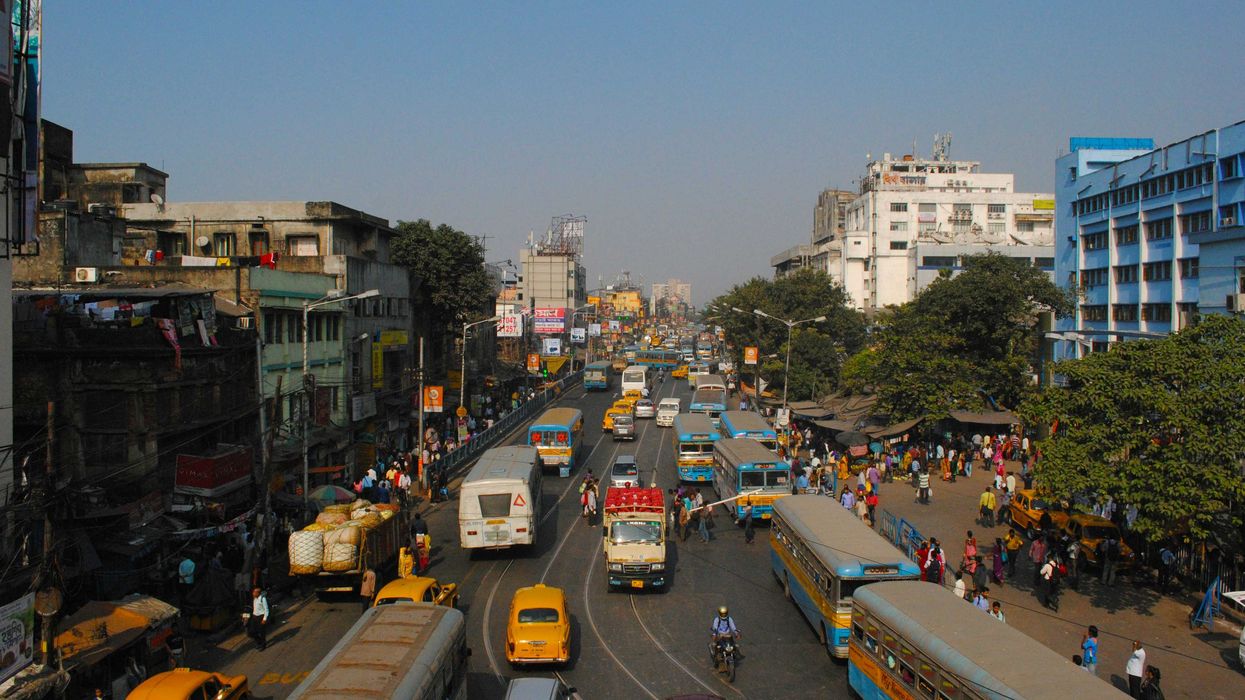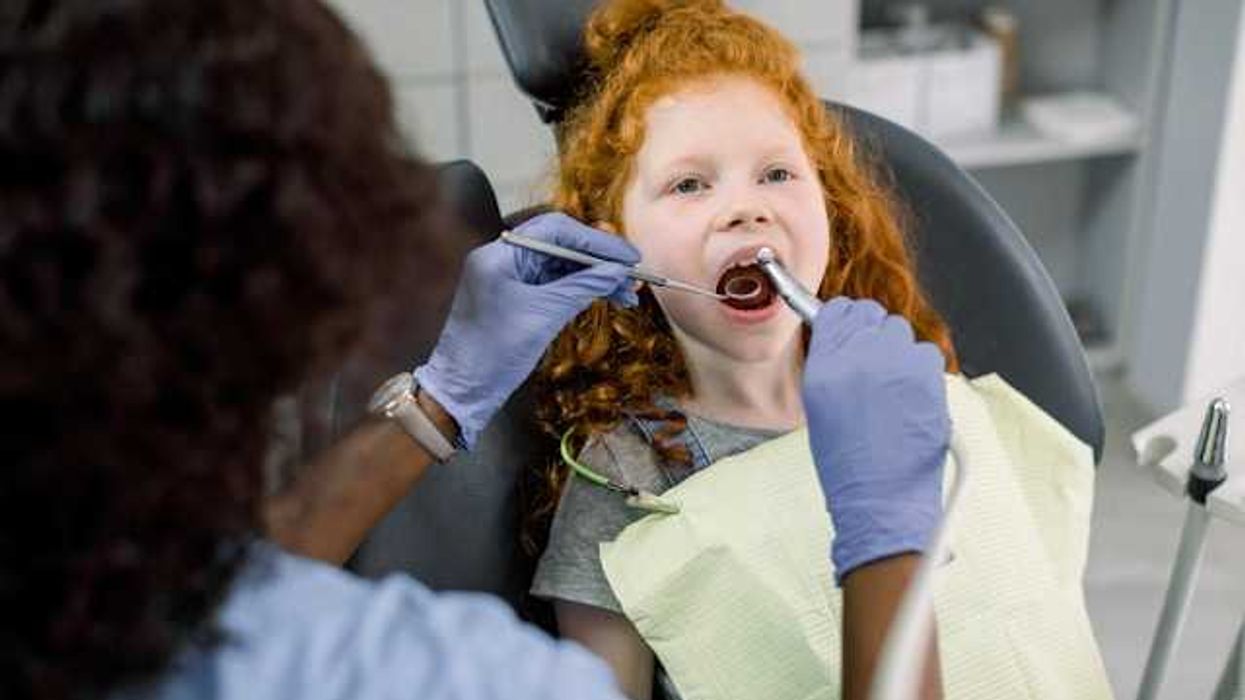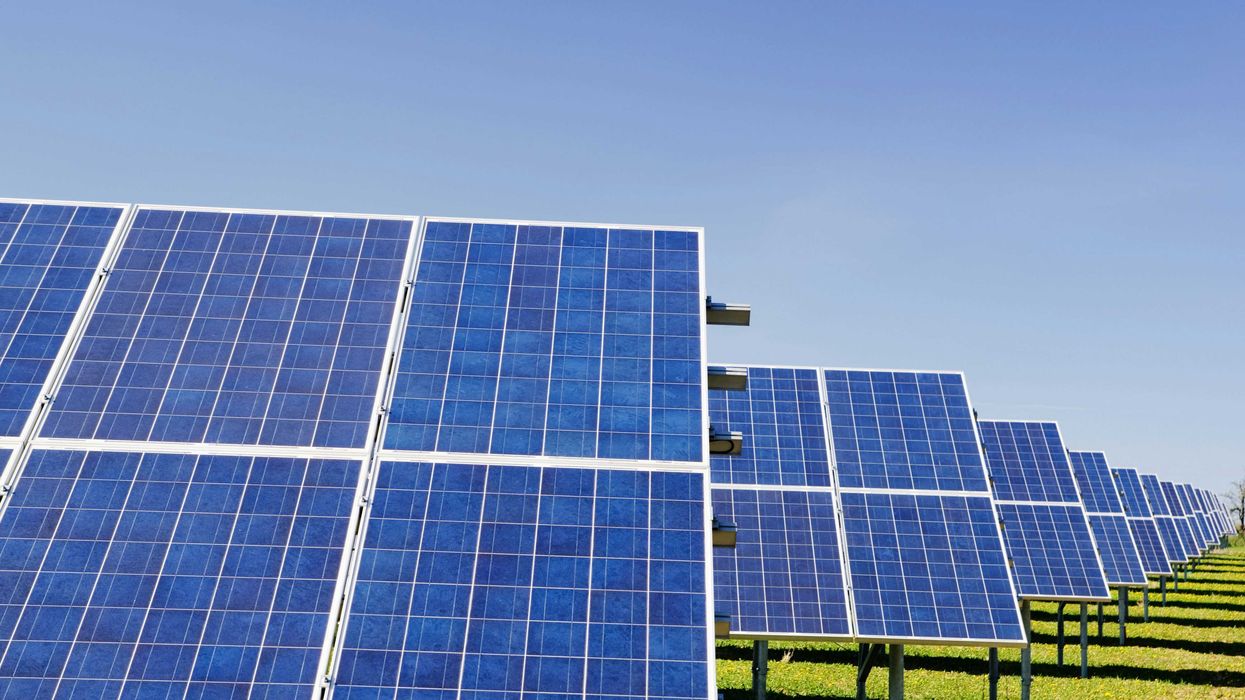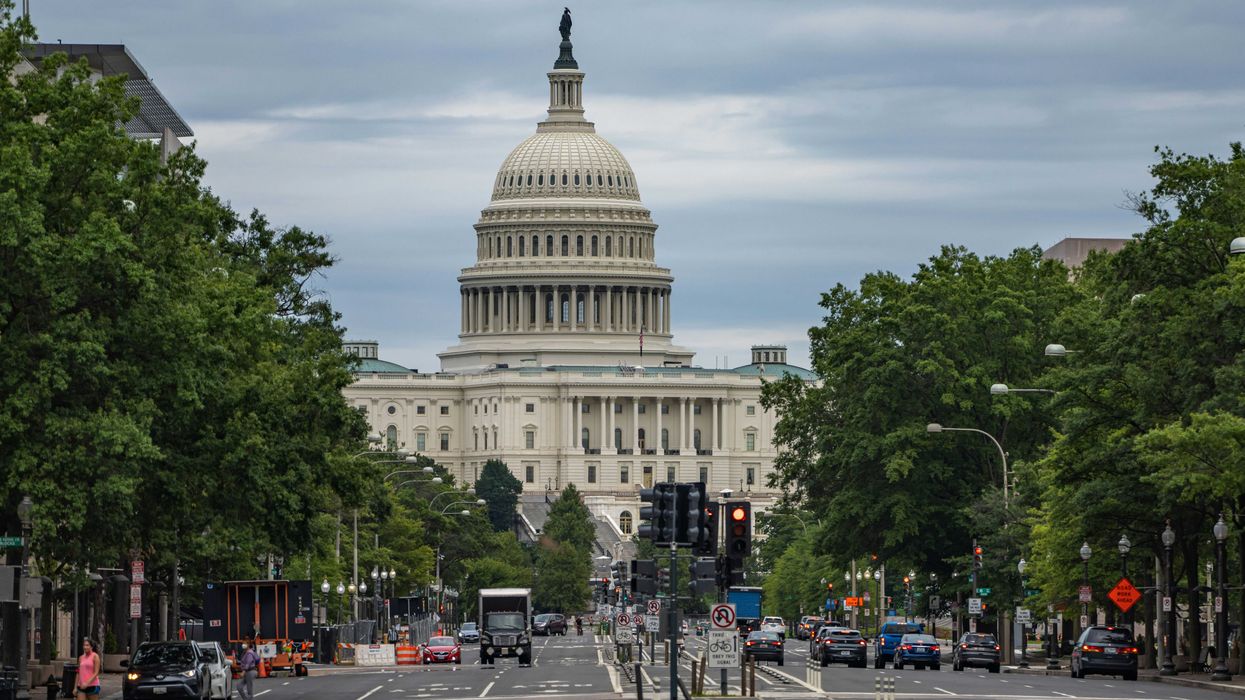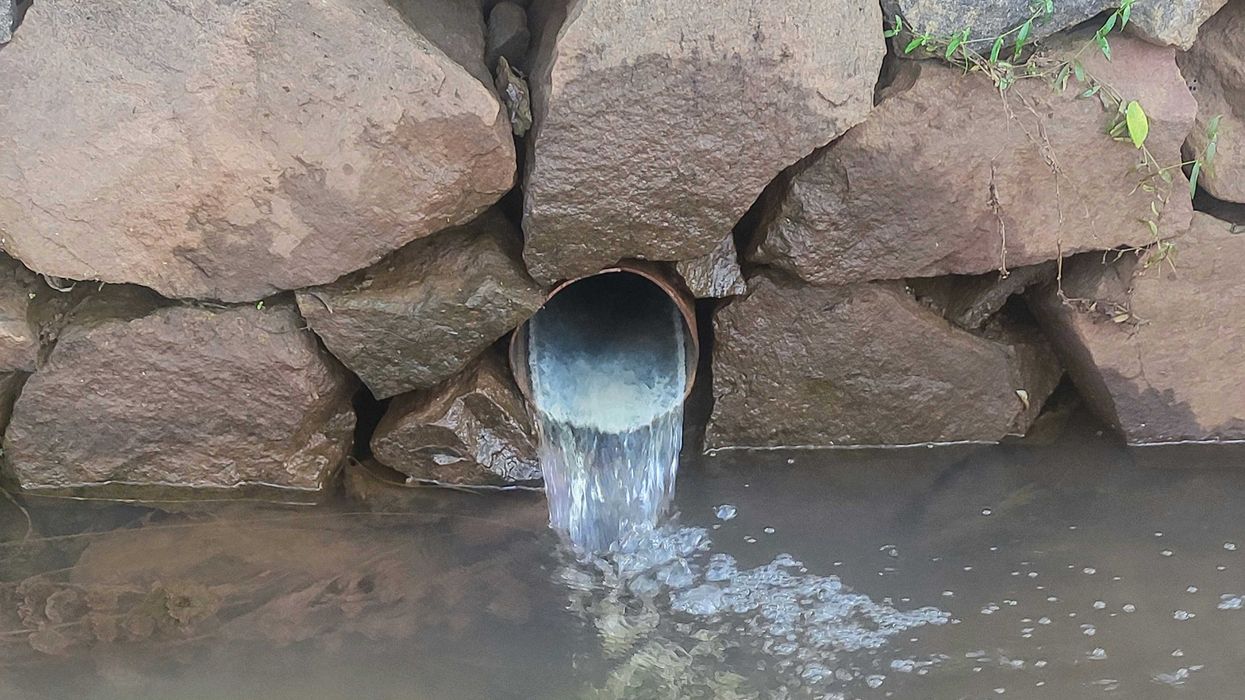Millions of Americans, particularly in urban "blind spots," face dangerous air pollution levels that go undetected due to a lack of government monitoring, forcing residents to rely on private sensors.
Rambo Talabong reports for Inside Climate News.
In short:
- Research from the University of California Berkeley reveals that 44% of U.S. urban areas, home to over 20 million people, lack sufficient EPA air-quality sensors, leading to undetected hazardous pollution levels.
- Lancaster County, Pennsylvania, is one such area, where locals, including Stephen Haldeman, have turned to personal air monitors like Purple Air for more accurate readings.
- Low-income and minority communities are disproportionately affected, as government efforts to expand monitoring under the Inflation Reduction Act have not prioritized such regions.
Key quote:
“The one thing that I counted on the government for, the federal government, even the state government at some point, is to protect me.”
— Stephen Haldeman, Lancaster resident
Why this matters:
Inadequate air quality monitoring puts millions at risk of health issues like cancer and heart disease, especially in underserved communities. Without accurate data, enforcing stricter pollution controls remains challenging, leaving many vulnerable.
Related: A new monitor could revolutionize the way air pollution is regulated


